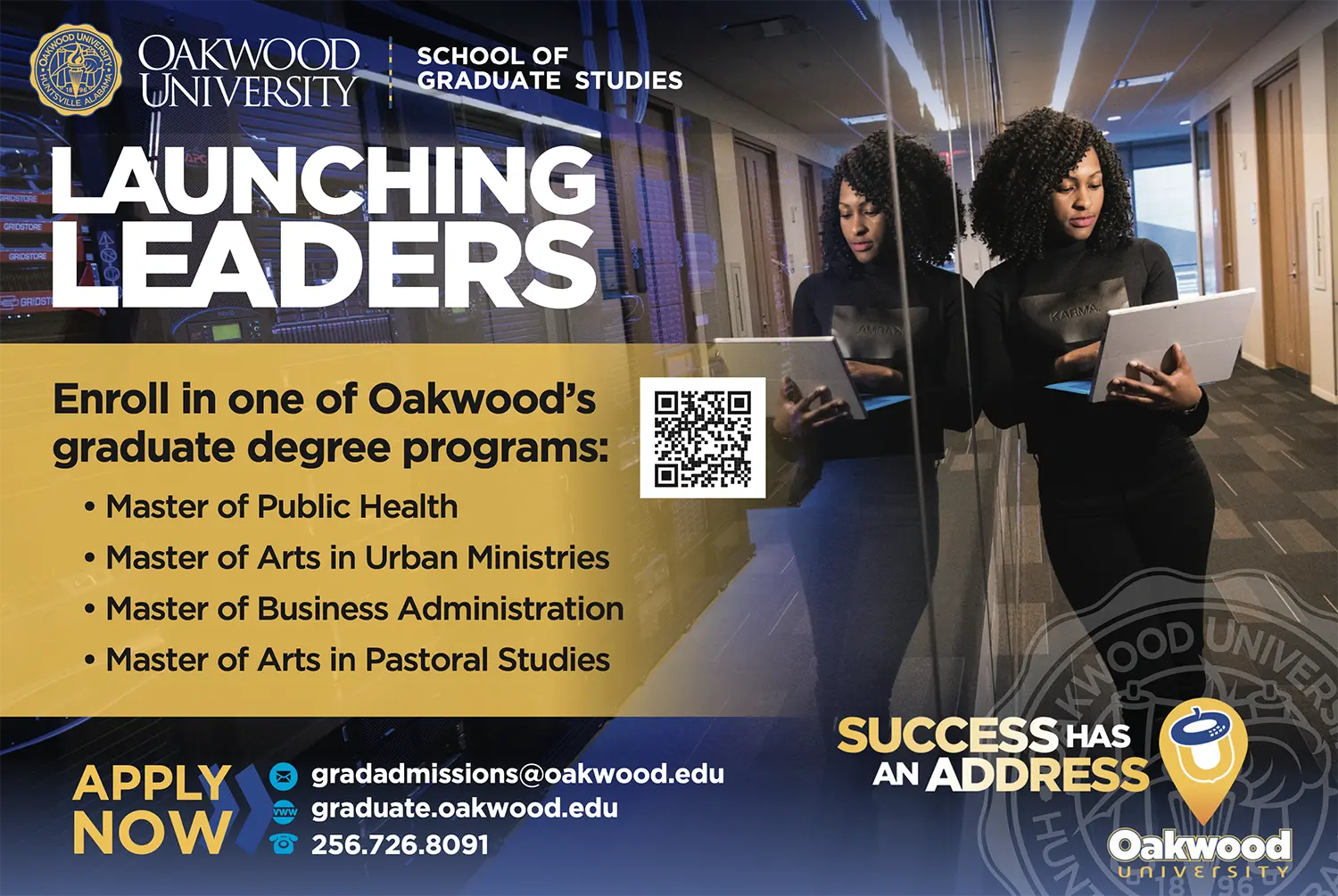
Editor
Carmela Monk Crawford
[email protected]
Graphic Design
Erica Keith
www.ericakeith.com
Pacific Press Publishing Assoc.,
Virginia Ramsey 1-800-456-3991
Advertising
[email protected]
Marvin Brown
Carlton Byrd
Virgil Childs
Eugene Lewis
Garth Gabriel
Alva James-Johnson
Abraham Jules
Kenneth Manders
Michael Owusu
Calvin Preston
Marcellus Robinson
Calvin Watkins
© 2018 by the North American Division of Seventh-day Adventists, 9705 Patuxent Woods Drive, Columbia, Maryland, 21046, U.S.A. Address editorial correspondence to MESSAGE MAGAZINE, 9705 Patuxent Woods Drive, Columbia, MD 21046-1565 U.S.A. All subscriptions are prepaid. If you did not order MESSAGE, it is being sent as a gift from a friend. You will not be billed. To subscribe, mail payment to MESSAGE, 1350 North Kings Road Nampa, ID 83687, U.S.A. or call 1-800-447-7377. Subscription price: one year, $19.95 U.S. currency; single copy, $4.00; overseas, add $10.00 per year for postage. Prices subject to change without notice. Periodicals Postage paid at Nampa, Idaho and additional offices. Vol. 91 No. 2 March/April. POSTMASTER: Send address changes to MESSAGE, 1350 North Kings Road Nampa, ID 83687, U.S.A. Printed in the U.S.A.
Unless otherwise noted, Bible texts in this issue are from the New King James Version. Copyright © 1979, 1980, 1982 by Thomas Nelson, Inc. Used by permission. All rights reserved. Statements in this issue attributed by an author to other speakers/writers are included for the value of the individual statements only. No endorsement of those speakers’/writers’ other works or statements is intended or implied.


Vintage Vault

The obstacles that hinder our progress, of course, will never disappear before a halting, doubling spirit. Those who defer the gift of their services till every shadow of uncertainty disappears and there remains no risk of failure or defeat will never move forward at all.
—“The March of Events, an Editorial,”
By James E. Dykes
Message, April, 1950
Phillip McGuire Wesley, jr.
We strive to provide inspiration through music and literature. We pray that your journey is elevated, and your purpose is taken higher!
Book

Looking for meaningful, faith-driven resources to inspire and empower children? My son has enjoyed his book from the Promise Pals series. This set of reading and devotional coloring books are designed to nurture confidence, build character, and instill biblical values. Through relatable stories addressing challenges like grief, self-worth, and fear, children receive affirmations such as “With God, I am brave, chosen, and loved.” The accompanying coloring books, The Characteristics of God from A to Z and With God, I AM…, combine creative activities with Scripture to deepen understanding of God’s promises. Explore these life-changing resources at www.DorianInspires.com and help children embrace God’s promises!

Tanya Nolan, known for her soulful voice and heartfelt lyrics, released her highly anticipated gospel track “Blessings.” She has a rich discography blending R&B, soul, and gospel influences. Nolan previously captivated audiences with hits such as “Smile” and “Good Woman,” showcasing her ability to weave powerful messages of faith and resilience into her music. Blessings is an inspiring addition to her repertoire, reflecting her signature style of uplifting melodies and meaningful storytelling. Tanya’s music is available on digital platforms.

Grief Refuge is thoughtfully designed to provide comfort and guidance to those experiencing grief. Daily audio reflections, guided meditations, and a journal feature, encourage users to process their emotions in a safe and supportive space. The app also offers resources like expert advice and coping strategies to navigate the complexities of loss. Its calm and intuitive design makes it easy to use, and the content feels genuinely empathetic and validating. Grief Refuge is an invaluable companion for anyone seeking solace and support on their healing journey.
editorial

 e thought we turned a corner when in 2020, Washington, D. C. Mayor Muriel Bowser commissioned a giant mural proclaiming “Black Lives Matter.” Stretched across two blocks of 16th Street, the painting indicted America on the murder of George Floyd, police brutality, and President Trump’s aggressive handling of protesters near the White House.
e thought we turned a corner when in 2020, Washington, D. C. Mayor Muriel Bowser commissioned a giant mural proclaiming “Black Lives Matter.” Stretched across two blocks of 16th Street, the painting indicted America on the murder of George Floyd, police brutality, and President Trump’s aggressive handling of protesters near the White House.
Whether you embraced it as a political statement, a humanitarian plea, or a rallying cry, the fact that the yellow brick road lay undisturbed for five years signaled a positive direction. But, as road crews jackhammer the pavement to remove it, I suggest, that the dismantling of that fantasy has only just begun, but it is up to us to preserve our history, and persevere.
Now, the president has issued an unprecedented 120 Executive Orders in less than 100 days, that closely follow the Project 2025 roadmap. And, while we observe the president reshaping and arming the executive power, we note that he came for people of color first. The precision impact — whether stated and intended, or unstated and intended, or unstated and unintended — has moral and spiritual implications.
Yes, there was the frontal attack of the Executive Order on Diversity, Equity and Inclusion (DEI) for governmental offices. The president also called for the dismantling of DEI in private companies. Then, he targeted the relief and aid to people around the world in the move to shutter the USAID. To meet the stated objective of curbing illegal immigration, he blocked asylum and refugee channels here in the U.S. The administration even reversed status for green card holders, detaining one green card holder because he is critical of the administration’s policies regarding the Israel and Palestinian war. And rather than shutting it down as the wasteland of human rights and due process that it is, the administration seeks to repurpose the Guantanamo Bay Naval Base as an immigration prison. And, one has to wonder how minority religions fare under his newly established task force on “anti-Christian bias,” here in a country where two thirds of the population are Christian.
“I am shocked at how quickly the argument that equality for me takes from you,” said Kimberle’ Crenshaw, the scholar and professor who coined the term intersectionality, and is a leading voice in critical race theory. The idea of a zero sum gain, that animus as motivation has helped to dismantle decades of painstaking civil rights progress.
In reframing the language of DEI, the administration’s rollbacks have created the false sense that these legal efforts are inherently suspect.
And now, with the stroke of a pen, the damage to the black community is swift, and unmistakable. As an indication of deep disproportionality, Washington D.C’s black community will lose approximately 8,000 jobs. Time will reveal the impact of reinstating the death penalty and encouraging capital charges. Time will reveal the impact of gutting the civil rights divisions of the Departments of Education and Justice, and the watchdog agencies that hold the American people and corporations accountable.
Summon your strength and resolve as you make persuasive convincing testimony that God is in control, especially of your life and livelihood. That He still calls us to act —and we will act — in the spirit of His work ( Isaiah 61, and Luke 4). We know that trouble still don’t last always. “For God says I will break the strength of the wicked, but I will increase the power of the godly” ( Psalms 75:10, NLT).
Executive orders are not new laws and can be changed with the next administration. And, we pray there will be a next time, but our participation is required.
Pastor Jamal Bryant is among several black clergy that encourage a sustained “fast” from large corporations that have capitulated to the administration’s demands to rollback DEI. Bryant’s Lenten season fast has had an impact. At the time of this writing, Forbes.com reports that Target’s congenial corporate reputation has tarnished a bit. And the fast has contributed to plummeting stock prices, and stunted the flow of foot and website traffic, both down 9%.
Put your faith in action, by staying in the mix:
- Get informed
- Share the tracker
- Call your representative
- Attend Town Halls and Community Meetings
- Participate in Rallies and Protests
- Register and Mobilize Voters
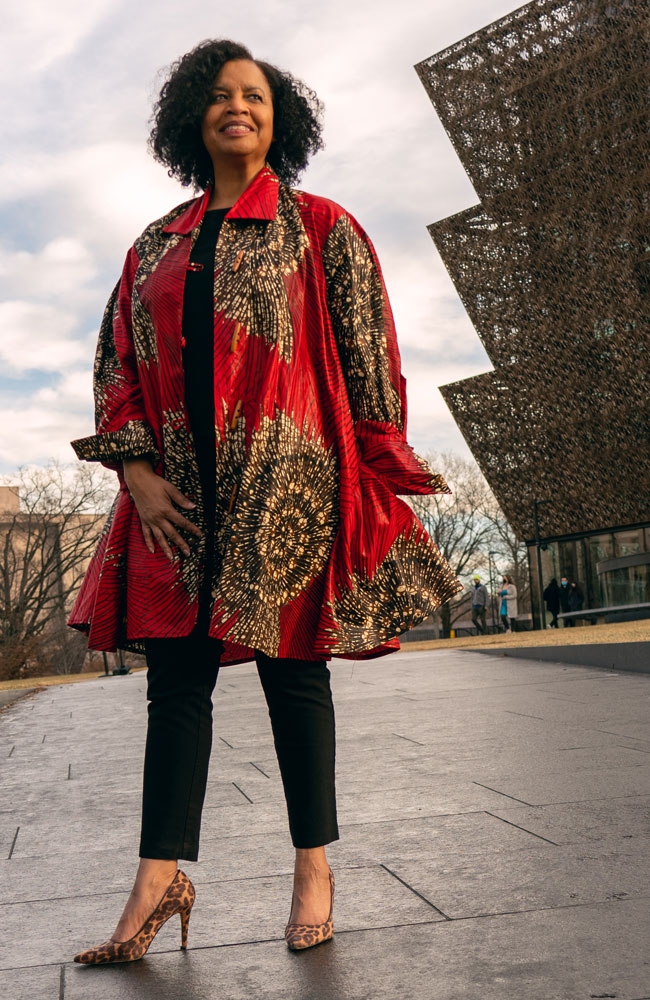
CARMELA MONK CRAWFORD, Esq., is Editor of Message Magazine



 he Constitution and the Declaration of Independence both lack any reference to the United States being founded as a Christian nation. The 1797 Treaty of Tripoli specifically stipulates that we are not a Christian nation when it said: “the Government of the United States of America is not, in any sense, founded on the Christian religion.” And, it was clear to Martin Luther King Jr., our history — bright in some respects — was notably marred by human stealing and genocide, emphasizing this fact.
he Constitution and the Declaration of Independence both lack any reference to the United States being founded as a Christian nation. The 1797 Treaty of Tripoli specifically stipulates that we are not a Christian nation when it said: “the Government of the United States of America is not, in any sense, founded on the Christian religion.” And, it was clear to Martin Luther King Jr., our history — bright in some respects — was notably marred by human stealing and genocide, emphasizing this fact.
“We are perhaps the only nation who has tried, as a matter of national policy, to wipe out its Indigenous people.”
Further, unlike England and some of the American colonies, the framers of the U.S. Constitution declined to require a religious test for any public office or public trust. Article VI specifies that “no religious Test shall ever be required as a Qualification . . .”
In 1954, President Dwight Eisenhower inserted “under God” into the U.S. Pledge of Allegiance. This represented the first time the pledge had a reference to God or Christianity.
The push to add “under God” to the pledge gained momentum during the second Red Scare, according to a History.com article, “Why Eisenhower Added ‘Under God’ to the Pledge of Allegiance During the Cold War.” During this time U.S. politicians asserted the moral superiority of the U.S., and capitalism over Soviet communism, which many conservatives regarded as “godless.”
“In using God for propaganda and influence over the American people, U.S. politicians depicted Soviet communism as inferior and atheist in nature.”
One year after placing “under God” in the Pledge of Allegiance, Congress passed a law to place on currency “In God We Trust” in 1955. Despite legal challenges of the separation of church and state, this slogan appeared and still appears on currency today.
“Today even ardent separationists seem to agree with retired Supreme Court Justice William Brennan, who wrote in 1983 that slogans such as ‘In God We Trust’ have ‘lost any true religious significance.’” This questioned the piety of America then and the question still lingers to this day through Christian nationalism.
“Our country is facing an authoritarian threat from far-right extremists and Christian nationalists in a new, unique, and frightening way,” said Global Project Against Hate and Extremism co-founder Wendy Via. “Voters, political figures, and the media must be on alert that Project 2025 is an authoritarian roadmap to dismantling a thriving, inclusive democracy for all.”
That’s why the actions to disband the civil service and replace them with conservative personnel are integral in executing Project 2025. The Project 2025 website indicates that through “properly vetted and training personnel to implement them (right conservative policy recommendations), we will take back our government.”
Politico reported 37 ways in which Project 2025 mandates are directly reflected in the current presidential administration’s Executive Orders. Project 2025 thus influences everything, from social issues and immigration to government staffing, energy, foreign affairs, and economic policy. Fear that Christian nationalism is instilling its ideology in the public sphere grow more real every day.
Mahatma Gandhi stated, “I like your Christ, but I do not like your Christians. Your Christians are so unlike your Christ.” Gandhi recognized that even some who call themselves Christians are not in any sense founded on the Christian religion.
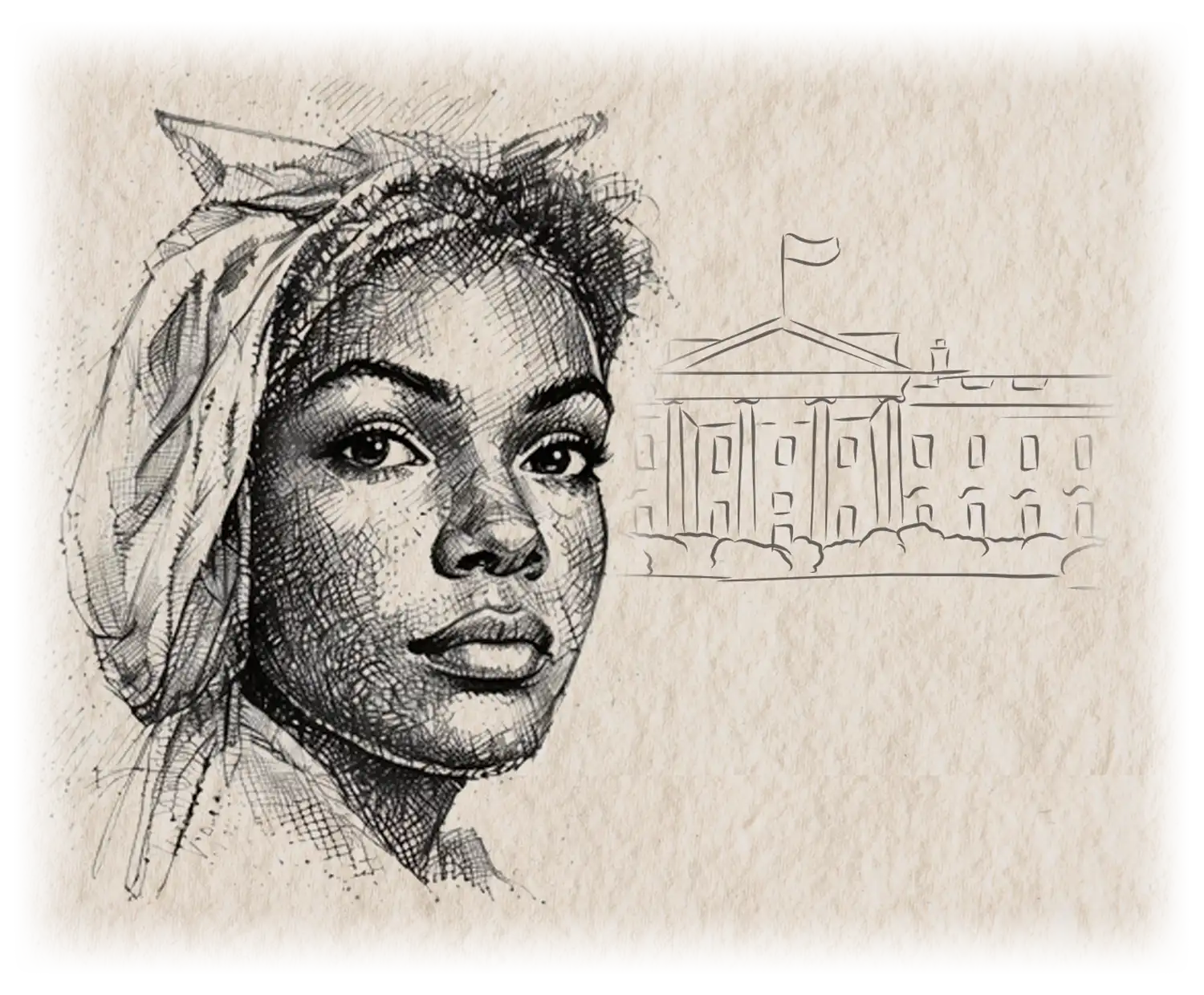

To win freedom for her people, Mary played the role of a slave. Mary was literate, an eloquent speaker and writer, and had a photographic memory, but she veiled herself in ignorance so she could gather intelligence for the Union Army. Her convincing act gave her access to oral conversations and written correspondence regarding Confederate plans.
Mary Elizabeth Bowser’s sacrificial courage was posthumously rewarded in 1995, when she was inducted into the U.S. Army Intelligence Hall of Fame.

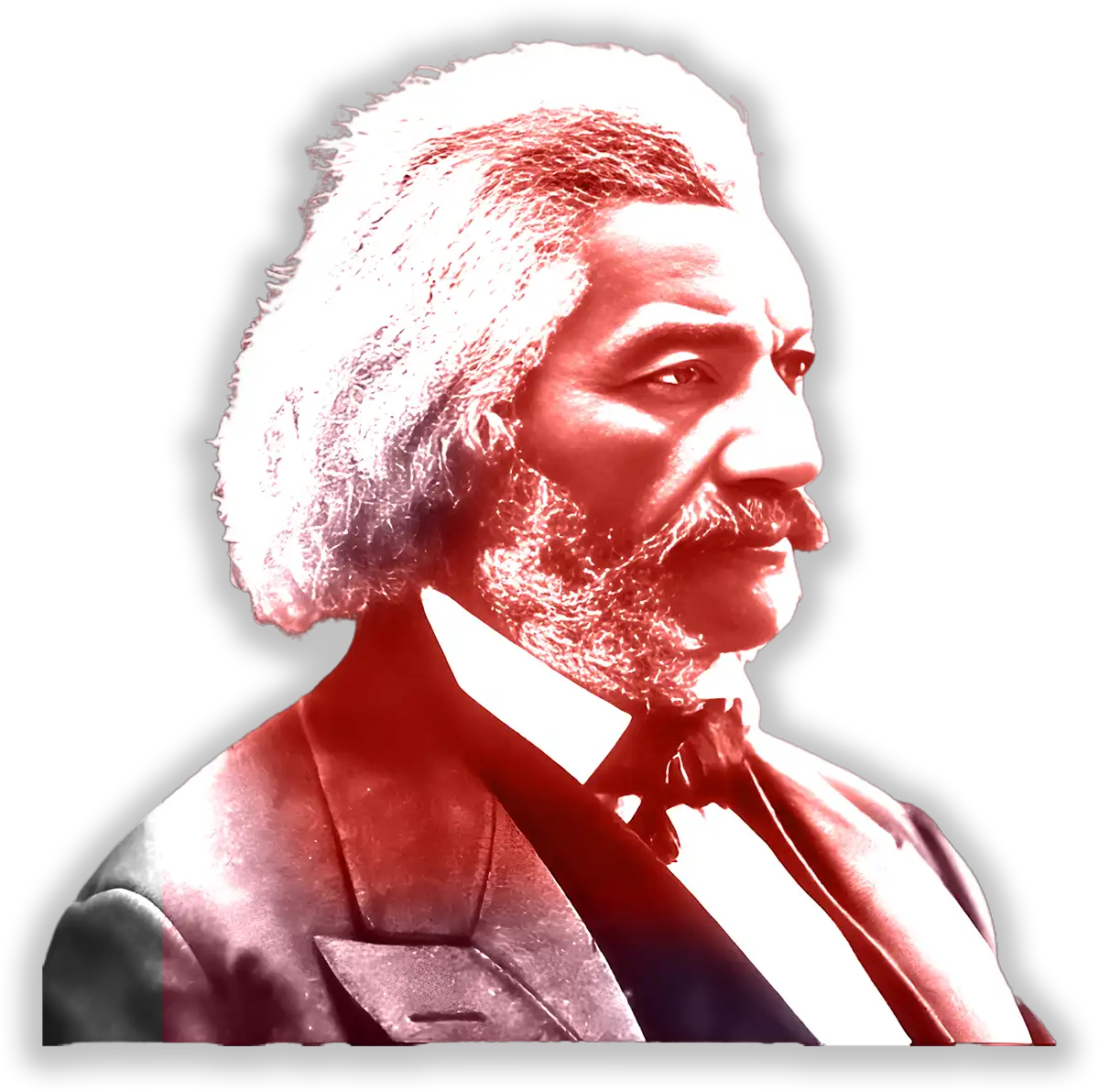
“Slavery, to be sure, on the ground of political expediency, has been abolished…But has this changed the disposition by which it has heretofore been fostered?” (Page 65).
Smith concluded that “the system of slavery has been given up by the people of the South simply as a matter of necessity…The disease is driven from the surface, but it is not cured. It may be a source of serious trouble hereafter” (Page 67).
Smith was right. Although slavery ended, it ended to save the Union, not because the American government saw it as morally wrong. Although there were many people who thought slavery was morally wrong, those individual views were not the basis for President Lincoln’s executive action abolishing slavery. And it is for this reason, as Smith observed, that the failure to end slavery for the right reasons could be—and has been — “a source of serious trouble.”
Consider that slavery and its many “Christian” justifications, which the United States Supreme Court enabled from the Slaughterhouse Cases through Plessy v. Ferguson—cases which revived Dred Scott despite the efforts of the Reconstruction Congress — survived emancipation, supporting Jim Crow, lynching, and political disenfranchisement deep into the 20th century and beyond.
Today, these same “Christian nationalist” justifications show themselves in opposition to police reform despite police killings, in opposition to the protection of voting rights for African Americans despite voter suppression, and in support of movements to eliminate black history from public school curriculums despite the ongoing relevance and importance of black history.
One reason for such black voices in support of Christian nationalism is that too many black Americans allow politics to precede morality, meaning that right and left supersede right and wrong. Perhaps the best example of this phenomenon is the intellectual heritage of Frederick Douglass. In his most evolved, mature view of the United States Constitution, Douglass thought that America was intended to be a color-blind country with true social and political equality for all, that fell into the hands of fallible humankind, who, through their wicked practices, perverted the nation’s ideal purpose of justice for all.
It is this view that today prompts many black conservatives like Justice Clarence Thomas to claim Douglass among their ranks. This political alignment of Douglass with contemporary black conservatism is misguided, however, because of a pervasive failure among many black conservatives to appreciate Douglass’ need to envision an America — not a Christian America, but a just America — because of his political activism. It is the primacy of politics over morality — of right and left over right and wrong—that causes this abject failure.
Douglass’ political activism compelled him to be strategic in his political views. So although he initially viewed the Constitution as a proslavery document, Douglass changed his view and argued that the Constitution was anti-slavery according to the strict reading of its text. He understood that it made no sense for black people to completely withdraw from the political process, which was the view of William Lloyd Garrison and the radical abolitionists.
Taking black freedom more seriously, Douglass argued that the best way to support black freedom was by viewing the Constitution as anti-slavery and the framers of the Constitution as anti-slavery. On this view, slavery would always be wrong and the Constitution would demand and welcome black political participation rather than lead to the social and political alienation of black people based on a Dred Scott view of the Constitution, implying that blacks could only ever be slaves.
Douglass’s anti-slavery view of the Constitution raises some questions. Was his changing stance on the Constitution merely a political strategy? Or is there something in the Constitution that justified his view? And if so, are conservative voices justified in their advocacy of color-blindness and their rejection of remedial policies like affirmative action? Let’s take these questions one at a time.
No, Douglass’ stance on the Constitution was not a mere political strategy. On Douglass’ textualist interpretation of the Constitution, it was impossible for the Constitution to be proslavery and attain the objectives of its preamble.
For example, Douglass argued that the Constitution could not support slavery and also “establish justice” in America; that it could not support slavery and also “ensure domestic tranquility,” and that it could not support slavery and also “promote the general welfare.” For more background on this, you can explore the 1985 Yale University Press publication, “The American Constitution and the Slave,” The Frederick Douglass Papers: Series One, Volume 3, Speeches, Debates, and Interviews, ed. John W. Blassingame.
It is important to remember that Douglass’s textualist interpretation is not the textualism of political and judicial conservative ideologues, many of whom are black.
Here is the real difference between the two: for the latter, textualism is race-avoidant, while the former is race-conscious. Whereas the social and political well-being of black slaves motivates Douglass’s textualism, adherence to rank conservative political ideology motivates the textualism of contemporary black conservative judicial and political ideology. Contemporary textualism is more interested in what is politically popular. Douglass, on the other hand, is interested in what is right.
So no, contemporary black conservative voices are, I believe, unjustified in their opposition to many reforms that Douglass himself would have likely supported.
The moral, social, and political baggage of a Christian nationalist vision is simply too inconsistent with principles of justice for it to have been Douglass’ vision. Instead, Douglass’s vision was of a more just America, of a “more perfect union.” It is this vision of a “more perfect union” that is closer to a Christian vision than the Christianity of the American South during and after the Civil War. In the interest of this more perfect union that rejects (white) Christian nationalism, it is Douglass’ vision that must be ours.
OPTIMAL LIVING


This was my reality. During my childhood and adolescence, my father abused alcohol. Anger, withdrawal, poor decisions, and a lack of connection threatened my parents’ love. By God’s amazing grace, however, my parents are still married. My father has been sober for 18 years, and I had the awesome privilege of baptizing him.
Several factors contribute to the severe impact that substance abuse has on black love. Racial disparities influence substance abuse. Christina Lee, formerly a pre-doctoral fellow for the National Institutes of Health studying alcohol use and anti-racism says, “[E]xperiences of exclusion and discrimination — from fears of unfair arrest to difficulties accessing health and education — left people feeling depressed and anxious. As their isolation increased, their mood and mental health worsened, and they began drinking to cope.”
Trauma leads to high levels of intergenerational substance use among black women, according to a 2023 article published by Penn State. Researchers found that for every family member with a substance abuse issue, a woman’s chances of having the same issue increased by 30%. It also made her 40% more likely to have child protective services involved with her children.
The amount of money that the abuser uses to fund their substance of choice can place an overwhelming financial burden on the family’s finances. This bleeds into other issues of conflict and communication within the relationship, creating a vicious cycle. Substance abuse causes conflict, conflict leads to more substance abuse, escalating the conflict which leads to more substance abuse. All of this can result in increased violence and aggression.
So, what can be done to eliminate this great threat to black love?
Seek Treatment. Only 25% of black Americans seek therapy, compared to 40% of their white counterparts. We must change this narrative and seek the help we desperately need. Don’t assume you can fight this on your own.
Deal with the Root. Adjunct professor and couple and family therapist, Paula Smith, Ph.D. notes, “many people deal with their substance abuse but never deal with what led to the substance abuse.”
Let’s be more assertive and take our black love back!





Photo: Adobe Stock
“Courage is not the absence of fear, but the triumph over it.”
– Nelson Mandela

Courage is the quiet strength to act in spite of fear. Research shows that courage boosts resilience, problem-solving, and even physical health. Fear, by contrast, triggers stress, weakens the immune system, and keeps us stuck in unhealthy patterns.
In the Bible, God frequently commands His followers to “Be strong and courageous.” Courage propels action and growth, while fear keeps us captive. Ellen White counsels rejecting fear and embracing trust. She reminds us, “We have nothing to fear for the future…” (Life Sketches, p. 196). Courage roots us in faith and forward-thinking, while fear holds us back.
Remember, courage isn’t innate; it’s cultivated. Here are three keys to cultivating courage:
- Reframe Fear as Opportunity
Fear thrives on worst-case scenarios, but courage reframes challenges as opportunities for growth. Instead of asking, “What if I fail?” ask, “What can I learn, how can I grow?” With prayer and resolve take steps forward in faith!
- Anchor Yourself in Truth
Courage isn’t about ignoring fear; it’s about grounding yourself in something stronger. Whether it’s leaning on faith, trusted friends, or proven strategies, focus on what empowers you. 2 Timothy 1:7 reminds us: “God has not given us a spirit of fear, but of power and of love, and of a sound mind..”
- Practice Courage Daily
Courage grows with practice. Take calculated risks — whether it’s speaking up in a meeting, challenging doubts and fears, or addressing a crisis. Every courageous act builds momentum for the next.
Remember, a courage mindset can lower stress, improve mental clarity, and even promote heart health. In health, spirituality and beyond, choosing courage can mean taking that first step toward a resilience lifestyle or finding strength to overcome any challenge.
Honestly ask yourself:
- When fear arises, do I challenge it or let it control me?
- Am I intentionally stepping outside my comfort zone to grow?
- Do I focus more on possibilities or obstacles?
Remember, courage isn’t a one-time decision, it’s a lifestyle. And as you choose courage over fear, you’ll find strength you didn’t know you had and possibilities you never imagined.
Fear may knock, but courage always opens the door. What will you choose?


Releford’s family home was based in Wagner, Oklahoma, just outside of Tulsa, famously known as the location of Black Wall Street. There he witnessed the elements of that environment, and sustainability was already a normal concept for him. From receiving his first payment in the amount of 25 cents for picking cotton, to watching his grandparents tend their farm filled with pigs, chickens, cows, ducks, and horses, Bloom Ranch emerges as a full circle moment for Releford.
As a black man, this has been a humbling reminder of just how far he has come and of all that his ancestors endured and fought for so that he could be here influencing the world today.
When it came time to choosing a career, his journey began with one English teacher who instilled confidence within him. During a previous career day at Los Angeles High School, Releford expressed his desire to be a care provider. Unfortunately, the programmer looked at him and said he would be best suited for the army.
WHERE YOU CAN BE DISCONNECTED SO YOU CAN BE RECONNECTED TO A HIGHER SOURCE.”
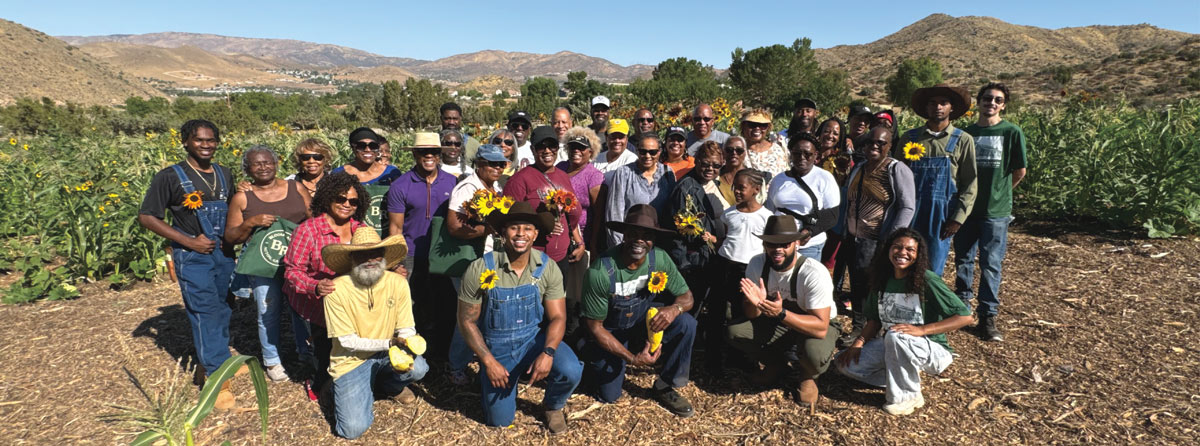
He initially wanted to go into sports medicine. However, he witnessed, in his words, “a very disturbing trend” early in the practice that came in threes: African Americans, diabetes, and recommendations for amputations, many of which were recommended prematurely. As a result, he decided to dedicate his professional career to addressing the disparities to prevent amputations in high-risk populations both domestically and internationally.


As for the legacy of Bloom Ranch, Releford hopes for Bloom to be a place “where you can be disconnected so you can be reconnected to a higher source.”
Bloom Ranch will become a destination where people can engage in yoga, writing, healing, and corporate retreats; a wholistic experience for African Americans to experience healthy living and solitude created for us, by us.
The Preservation of Black Americans’ Health

ealth disparities among black Americans remain a significant concern. Black Americans face higher rates of chronic diseases, lower life expectancy, and overall poorer health outcomes compared to other groups. Yet, hope exists — hope rooted in practical health principles and an abiding trust in God. The Bible, the greatest medical book ever written, provides timeless guidance for our physical, mental, and spiritual well-being.
Why is the Bible so essential to health? Because God, the Creator, fully understands the complexities of our bodies and minds. He alone is qualified to tell us how to maintain and restore our health.
Psalm 100:3 reminds us, “Know ye that the LORD he is God: It is he that hath made us, and not we ourselves; We are his people, and the sheep of his pasture” (KJV). God has given us divine instructions for health.
Psalm 119:73 declares, “Thy hands have made me and fashioned me. Give me understanding, that I may learn thy commandments” (KJV).
G.O.D.S.P.L.A.N. for Health Transformation
For those seeking a practical approach to health transformation, the Bible provides a clear blueprint encapsulated in the acronym G.O.D.S.P.L.A.N. These eight principles offer a comprehensive approach to healthy living.









Photo: Adobe Stock
“Disease is an effort of nature to free the system from conditions that result from a violation of the laws of health” (Ministry of Healing, Page 127). This means that when we neglect or violate the natural laws of health, our bodies begin to suffer. Disease is nature’s way of signaling that something is wrong and must be addressed.
“In case of sickness, the cause should be ascertained. Unhealthful conditions should be changed, wrong habits corrected. Then nature is to be assisted in her effort to expel impurities and to re-establish right conditions in the system” (Page 127).
Simply put, the cure is in the cause. To heal, we must address the root cause of our sickness.
Black Health Disparities: A Call for Action
Heart disease remains the number one killer of black Americans. While heart disease rates have steadily decreased among white Americans since the 1970s, the decline among black Americans has not been as sharp. Black Americans aged 18 to 49 are twice as likely to die from heart disease as their white counterparts. Despite the Affordable Care Act expanding healthcare access, black Americans still face challenges in receiving timely treatments, such as cardiac catheterizations, and the lack of such access contributes to poorer outcomes.
Hypertension, or high blood pressure, is another prevalent issue. One in three black Americans suffers from high blood pressure, a major risk factor for heart disease and stroke. Black Americans also develop high blood pressure at a younger age and often experience more severe cases than other populations. Without proper management, this condition can lead to severe health complications.
Embracing G.O.D.S.P.L.A.N. for Healing
By incorporating these principles, we can begin to reverse health disparities and address chronic conditions. G.O.D.S.P.L.A.N. offers a comprehensive strategy for aligning our lives with God’s design for health.
If we truly want to experience healing, remember that “the cure is in the cause.” We must first identify the causes of our health problems and make the necessary changes.
With faith, practical action, and a commitment to God’s principles, we can experience the health transformation needed for long-term well-being.

Sometimes you just need someone to rescue you. In John’s Gospel Chapter 4, Verses 46-54, we see a story of a ruler who needed someone to rescue his dying son. John explains,
“Once more he visited Cana in Galilee, where he had turned the water into wine. And there was a certain royal official whose son lay sick at Capernaum. When this man heard that Jesus had arrived in Galilee from Judea, he went to him and begged him to come and heal his son, who was close to death.
‘Unless you people see signs and wonders,’ Jesus told him, ‘you will never believe.’
The royal official said, ‘Sir, come down before my child dies.’ ‘Go,’ Jesus replied, ‘your son will live.’
The man took Jesus at his word and departed. While he was still on the way, his servants met him with the news that his boy was living. When he inquired as to the time when his son got better, they said to him, ‘Yesterday, at one in the afternoon, the fever left him.’
Then the father realized that this was the exact time at which Jesus had said to him, ‘Your son will live.’ So he and his whole household believed. This was the second sign Jesus performed after coming from Judea to Galilee” (NIV).
This man’s success in bringing Jesus to the rescue provides us with steps to accomplish the same. We can bring Jesus to the rescue during our most difficult challenges if we swallow our pride, refuse to permit ourselves to become discouraged, and know exactly what we want Jesus to do for us.
In Luke 15, the Prodigal son would have never experienced the blessing of returning home had he not been prepared to be one of his father’s servants. One of the great psalms of humility is the penitential Psalm of David in Psalm 51. This beautiful cry to be rescued is filled with humility; it states: “Have mercy upon me, O God, according to your tender mercies, blot out my transgressions.” It continues with these words: “Create in me a clean heart, O, God, and renew a right spirit within me.” These are wonderful examples of the importance of swallowing our pride if we truly desire to bring Jesus to the rescue.
“Lord, please come to Capernaum to heal my son, who is about to die” (John 4:49).
Jesus responded in a way that would have discouraged most people:
“Go back home, your son will live!”
This is not what this government official had asked for. Jesus told this man to go home and his son would live after saying what sounded like angry words to the people who were watching: “Will you never believe in me unless you see miraculous signs and wonders?” (John 4:49). This man refused to be discouraged, for the Bible says, “He believed what Jesus said and started home” (John 4:51). His refusal to become discouraged was rewarded.
This man was rewarded for refusing to become discouraged. So many times we permit ourselves to become discouraged when God has already provided us with a reason to stay encouraged. This reason is found in Hebrews 4:16: “So let us come boldly to the throne of our gracious God. There we will receive his mercy, and we will find grace to help us when we need it most” (NLT).
In Mark 10, a man who was blind from birth heard that Jesus was passing through Jericho. Despite the protest of leading citizens, he cried loudly for Jesus to come to his rescue. This man finally dropped his cloak and ran to Jesus. In Mark 10:51, Jesus said to him, “What do you want me to do for you?”
How would you respond to that question? What do you want Jesus to do for you? What challenges are you facing that you are not receiving the help of your Savior simply because you are not telling Him what you want? The blind man responded to Jesus’ question, “Lord, I want to see.” Know exactly what you want from Jesus.
I am convinced that if you put these principles into practice, you will receive a similar blessing as I did when fire trucks pulled up to my home. If you swallow your pride, don’t permit yourself to become discouraged, and tell Jesus exactly what you want Him to do, you will discover that He is able to do for you more than you can ask or imagine (Ephesians 3:20).
Why not, on a piece of paper, or personal digital assistant, write a list of five difficulties you desire Jesus to deliver you from? I believe, if you do, you will experience the joy of having Jesus come to your rescue!



Genesis 1:26-28, NIV
Then God said, “Let us make mankind in our image, in our likeness, so that they may rule over the fish in the sea and the birds in the sky, over the livestock and all the wild animals, and over all the creatures that move along the ground.” So God created mankind in his own image, in the image of God he created them; male and female he created them. God blessed them and said to them, “Be fruitful and increase in number; fill the earth and subdue it.”
Genesis 5:3, NKJV
“…And Adam lived one hundred and thirty years, and begot a son in his own likeness, after his image, and named him Seth…”
Contrary to some human theories about humanity, the Godhead by no means lowered His sovereign standards to make us. Psalm 8:5 spells out our position in the Kingdom order as lower than the angels and higher than the animals and nature; nevertheless we were included in the equity principle of being “crowned with glory and honor.” The angels were given responsibilities over humans and humans were given the responsibilities of caring for the earth.
Creation is so interconnected that the study of nature gives answers and affirms the nature of humanity as image bearers. We were made as the exact fractal imprint of God’s character. His image reflecting in our soul.

Fascinating right? Science is even catching up on the miracle of conception, publishing that upon fertilization, a flash of light is emitted from the egg. They call it a zinc flash. And that’s scientifically OK to explain the molecular discharge, but at the root it is the repetition of the creation story and the declaration of God to “Let there be light.”
Light from God equals life in God. That light was not the sun but the introduction of the Light of the World radiating within and outwardly. One author penned “Before sin Adam and Eve did not need to wear the kind of clothes we wear. They were covered with robes of light and glory, the same as the angels. As long as they obeyed God, the circle of light covered them.”
An awe-inspiring subsurface showing the light of glory giving all living beings life within their diversities, includes having the job of testifying of the Goodness of God. This light shines brighter the more connected we are to the power source, God. Unfortunately, the low emission of our light occurred when Adam and Eve sinned. Therefore, before sin in nature and humans, there was no blockage of their light source, no veil blocking their life support. They found out the hard way that their inner light and outer glow was directly connected to their closeness and openness in relationship with the power of the Son who is “the radiance of the glory of God and the exact imprint of his nature, and he upholds the universe by the word of his power” (Hebrews 1:3, ESV).
I have come to understand this whenever I forget to put the light-absorbing box of my solar lights constantly toward the sun. To forget, means that at nighttime when they are supposed to emit light, they glow dimly for a short time because they didn’t get enough sun.
This offers a new lens on the glow Moses had after spending 40 days in the direct presence of God (Exodus 34:33, 34). God’s glory in Moses literally raised the charge of life light in him so much so that his face shone, scaring the Israelites.
“And when Moses had finished speaking with them, he put a veil on his face. But whenever Moses went in before the LORD to speak with Him, he would take the veil off until he came out; and he would come out and speak to the children of Israel whatever he had been commanded. And whenever the children of Israel saw the face of Moses, that the skin of Moses’ face shone, then Moses would put the veil on his face again, until he went in to speak with Him” (NKJV).
The Bible tells us that sin separates us all from God, and that the first humans began to die the minute they sinned. We know that they didn’t fall dead immediately, but just like my solar lights, their life expectancy began to decrease beginning with their outer glow immediately gone.
In that moment of flicker and fade, they realized their nakedness. Suddenly, no light covered them. But exploring this moment also helps us realize the powerful imagery of the plan of salvation to:
- Place a veil boundary to protect them while allowing some nearness to the Glory of God which would kill them directly.
- Cover them with the Son’s righteousness and light so that we can approach God through Him.
- Execute the plan of the cross. Jesus taking on our humanity with God’s dimming and dying light of glory and conquering the darkness constricting and short circuiting that light, restoring direct access to the power of God.
Isn’t God a loving God? His plan was not to destroy humanity, but to restore the connection and uninhibited access as conduits of God’s Light. God is our source of enlightenment and salvation. In Him we can still have the mind and attitude of Jesus, we can shine brightly because Jesus is the light of the world, and in Him we are lights for the world too.
Finally, when we are transformed and restored at His second coming, we will be back in the full, uninhibited, unveiled, potent presence of God. We won’t ever have to worry about our light dying because the Lamb of God will fill us with the Glory of God to help us to live and be as God intended us to be. And the Lord will forever give us light and power to be veritable bearers of God’s image.






Once I arrived, I saw a 77-year-old grandmother who was in good spirits but physically drained by the rigors of dialysis. What stirred me was that in the dialysis station next to her was her 54-year-old daughter. We exchanged pleasantries, and she was in good spirits as well. But what brought some sense of sadness was that two stations down the 28 -year old granddaughter was receiving dialysis as well.
“Can you believe it?” one nurse asked me as I was leaving. “Three generations from the same family, suffering from the same disease and getting dialysis at the same time.” In frustration she declared, “The devil is busy. He has this entire family under a generational curse.”
When I was leaving the floor, I saw the sister of the 28-year-old granddaughter in the waiting room. She introduced me to the son of the 28-year-old. He was a slightly chubby young man that was eating a honey bun, a bag of skittles in his jacket pocket and a large soda pop on the arm of the seat.
Giving the Enemy Too Much Power
As I left, I thought about what the nurse said. She said that the family was under a generational curse. I understand the sentiment, and I comprehend what she was trying to communicate. However, suggesting that the family was under the curse of a disease absolved them of accountability and suggests that they were destined to be saddled with these infirmities.
The idea suggests that Satan, almost 70 years earlier, unleashed a weapon against the grandmother, with ricocheting effects, that landed this curse upon her daughter and granddaughter as well. He mangled them with a diabetic curse that ripped through their family.
I am fully convinced that the devil targets families, especially ones that show great potential to harm the kingdom of darkness. However, I believe less in generational curses, and I believe a little bit more in generational cycles. The idea of a generational curse gives the devil too much power. It suggests that he can wield an authority over families that divine aid cannot suture.
Reading from the Script
I do believe when it comes to health, many families, specifically African American families are not subject to generational curses but generational cycles. Cycles don’t just reflect the aims of the enemy; many times cycles reflect the habits and traditions that have been passed down from one generation to the next.
Most of us receive, through our upbringing, a script of some sort from our parents. We receive an emotional script from our parents on how to deal with conflict or offense, and it shows up in how generations relate to one another. Some are given a professional script, so that some adopt a tremendous work ethic, or a sagging work ethic, based upon what parents have modeled before them each day.
Cyclical Behaviors
The same is true for health. For some, the disease of high blood pressure reflects habits that were passed down from the way we deal with food to the way that we deal with stress. For some, lifestyle diseases like Type 2 diabetes are adopted through the script of sugar-filled Kool-Aid to the excessive use of alcohol and dessert consumption. For some, challenges with weight or obesity did not start in your 40s or early 50s; it has been a lifelong journey simply because of the script that was handed to you.
The replication of a cycle, not a curse, determines most of these outcomes. And even when we are genetically predisposed to certain illnesses, our genetics shape our outcomes, but our choices determine them. As Dr. Neil Nedley once said, “Through genetics the gun is loaded, but through decisions and choices we pull the trigger.”
Now to be clear, because we are all mortal, infirmity touches us. You can live an active and healthy life and scary things still happen. However, a life of activity, healthy choices, and trust in God lowers the likelihood significantly.
Today God’s goal is not to lift a curse, but His desire is to free you from a cycle. There are three ways I believe that you and I can break the cycles that have held our families hostage.
Knowledge
The first way we break the cycle is through knowledge. It behooves us all to understand how God created our bodies, and to consult the manufacturer of this fine body temple to know how to manage it. Knowledge is critical to this process.
Ignorance is very painful. There are things that we need to make it a point to know. You should know what your blood pressure is. You should know your blood sugar levels. You should know how many calories, sodium and grams of fat are in the food that you eat. Knowledge empowers you; truth liberates you, and the devil’s shadow loses its hold when you shed your ignorance about how to live a prosperous life.
Evaluation
“Now therefore thus saith the Lord of hosts; ‘Consider your ways’” (Haggai 1:5, NKJV). As we evaluate our practices, and amend them, it puts us in a position to experience abundant life.
When I first moved to Huntsville I fell in love with, and frequented a restaurant called Red Robin. I didn’t realize, until I began considering my ways, how one meal would create an imbalance and harm my stated health objectives. We are told that the normal caloric range is about 2,000 calories per day just to maintain one’s weight.
However, when I would go to Red Robin, I would order a burger that was about 1,100 calories. Each order of fries was about 500 calories. But because the fries were bottomless, on average, I would get about three servings. That is another 1,500 calories. And then I would wash it down with an Oreo milkshake which was about 1,000 calories by itself. The normal range for one day is 2,000 calories, but I was eating 3,500 calories in one meal, two or three times a week.
It didn’t matter how much basketball I played, how much I worked out, or how many times I walked around the block. My eating habits were canceling out my efforts. It wasn’t until I began the process of tracking and monitoring my food that I was able to make any progress and develop some meaningful life patterns. I had to consider my ways.
Get Help
Lastly, partner with those who are invested in your well-being. It could be a brother or sister that enjoys exercising. You may loathe them at times but welcome the accountability they may bring. Connect with the health ministry of your church; don’t let it intimidate you. The only thing worse than not having help is having access to help and not availing yourself of it.
And most importantly, partner with your physician. You need to at least find out where the grenades lie, and whether there is potential for danger, so you can be addressing it in a proactive way and not a reactive way.
I believe that you are a cycle breaker. You can break the cycle of addiction. You can break the cycle of obesity. You can break the cycle of volatile speech, and you can break the cycle of lifestyle issues that have plagued your generations. God has not called you to break a spiritual curse, He’s empowering you to break a family cycle.

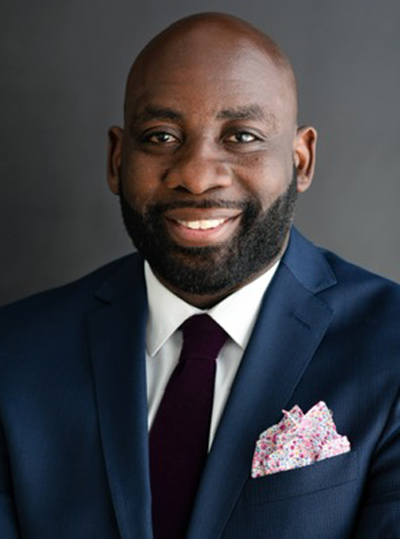
Local TV Networks:
Atlanta, GA | WATC-TV Channel 57
Huntsville, AL | WAAY-TV Channel 31
Memphis, TN | WANT-TV Channel 24
Montgomery, AL | WNCF-TV Channel 32
Phoenix, AZ | Good News TV • mygoodnewstv.com
Hope Channel
Three Angels’ Broadcasting Network (3ABN)
Word Network
INTERNET
YouTube – YouTube.com/c/breathoflifetv
Facebook – Facebook.com/breathoflifetv
BOL Website – breathoflife.tv/videos/



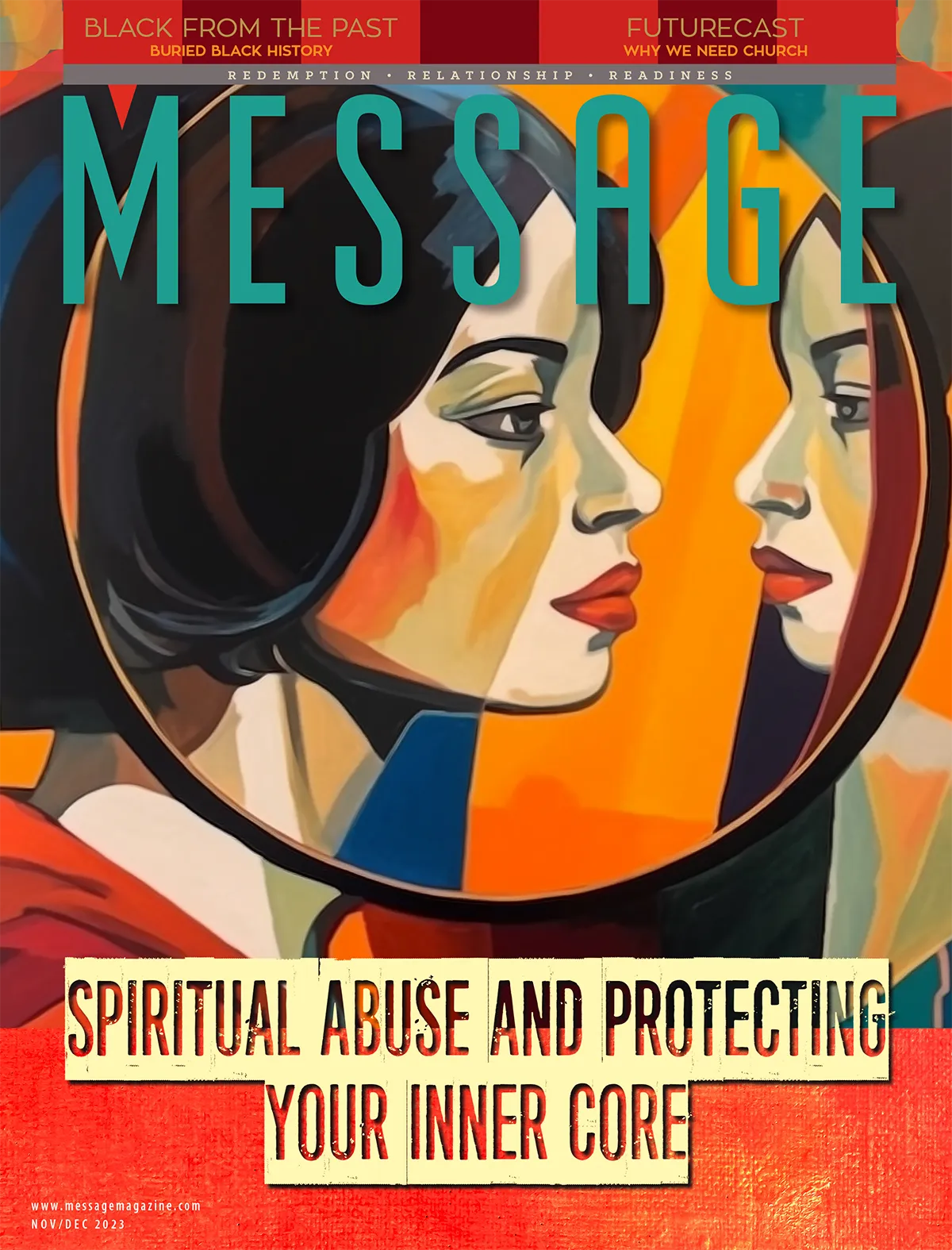
 Christopher Thompson
Christopher Thompson


And when He got into the boat, he who had been demon-possessed begged Him that he might be with Him. However, Jesus did not permit him, but said to him, “Go home to your friends, and tell them what great things the Lord has done for you, and how He has had compassion on you”
Mark 5:15-19, NLT
The disciples and their companions fled in terror; but presently they noticed that Jesus was not with them, and they turned to look for Him. He was standing where they had left Him. He who had stilled the tempest, who had before met Satan and conquered him, did not flee before these demons. When the men, gnashing their teeth, and foaming at the mouth, approached Him, Jesus raised that hand which had beckoned the waves to rest, and the men could come no nearer. They stood raging but helpless before Him.
With authority He bade the unclean spirits come out of them. His words penetrated the darkened minds of the unfortunate men. They realized dimly that One was near who could save them from the tormenting demons. They fell at the Saviour’s feet to worship Him; but when their lips were opened to entreat His mercy, the demons spoke through them, crying vehemently, “What have I to do with Thee, Jesus, Thou Son of God most high? I beseech Thee, torment me not.”
Jesus asked, “What is thy name?” And the answer was, “My name is Legion: for we are many.” Using the afflicted men as mediums of communication, they besought Jesus not to send them out of the country. Upon a mountainside not far distant a great herd of swine was feeding. Into these the demons asked to be allowed to enter, and Jesus suffered them. Immediately a panic seized the herd. They rushed madly down the cliff, and, unable to check themselves upon the shore, plunged into the lake, and perished.
Meanwhile a marvelous change had come over the demoniacs. Light had shone into their minds. Their eyes beamed with intelligence. The countenances, so long deformed into the image of Satan, became suddenly mild, the bloodstained hands were quiet, and with glad voices the men praised God for their deliverance.
ELLEN G. WHITE (1827-1915), one of the most published authors in the world, named one of the “100 Most Significant Americans of All Time” by the Smithsonian Institution in 2014, was a co-founder of the Seventh-day Adventist Church.
You can read the Desire of Ages in its entirety online for free by searching for Desire of Ages at whiteeestate.org

Try to take in this scene. Here is a man whom the people have attempted to restrain, in vain. He is thus isolated, as he is an embarrassment that brings harm to the community. Also, notice that he lives among the dead. Given the fact that he’s cutting himself continually, did he relegate himself to the graveyard because he wishes he were dead?

While Mark’s account identifies one man, Matthew asserts there were two. Could it be the disciples were unclear of the details having been so horribly terrified by the scene? One could argue that the disciples possibly even took flight to find safety at the sight of the demented man. “Who knows how many there were. We were too busy running away to count!” Do you think that the differences in the accounts impact the meaning of the story?

Modern translations of Luke’s account raises a unique detail. Luke attests that there were guards at the tomb (v. 29). What exactly were they guarding? Is it possible that they were there simply to ensure that the demon-possessed man did not escape? Also, the text details that it was the evil influence that actually led the man into “solitary places.” Do you see how isolation works here? Isolation is not only the device of Satan, but is also the strategy of the legal authorities. Do we do greater harm by isolating those who are mentally ill, or otherwise in need?

Notice that Jesus asks the man his name, and this man is prevented from answering even the most fundamental human question. Reflect on the ways in which mental illness can likewise disrupt the most rudimentary sense of identity, and thus, one’s social standing. How can we help restore the identity and dignity of people with these struggles?

Notice how the man couldn’t rest and was tormented day and night. On its face, the man seems to exhibit a horrendous and extreme manic disorder. Is he possibly suffering from some sort of paranoia, or, more specifically, paranoid schizophrenia? Is it possible that mental and emotional instability are the results of supernatural affliction?

Notice in Daniel 8:34 where the King says that his “sanity” returned. Different versions of the Bible have translated that word in various ways, but what was clear was that he lost his mental faculties and after some time, they were returned. Is this too harsh a punishment from God?

Always remember, God remains Sovereign over every illness and dysfunction. Just as the demon-possessed man was delivered from that plague of evil spirits, so is God still able to deliver those who are troubled with any chemical, emotional, or mental imbalance, and every spiritual crisis. Will you trust God to deliver you too?
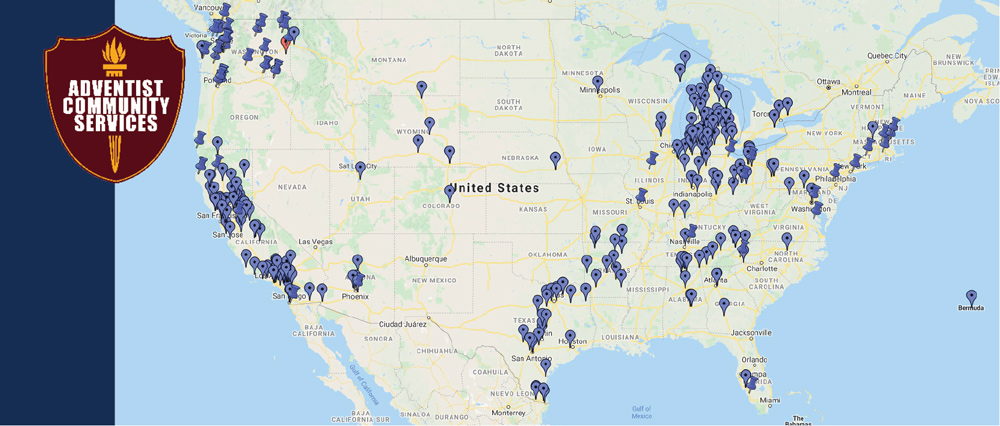
Atlanta, GA 30318
 404-799-7288
404-799-7288 http://atlantaberean.com/bomc
http://atlantaberean.com/bomc [email protected]
[email protected]P.O. Box 519
Ashton, MD 20861-0519
 301-774-0400
301-774-0400 https://www.emmanuelbrinklow.org
https://www.emmanuelbrinklow.org [email protected]
[email protected]Baltimore, MD 21217-3803
 410-669-6350
410-669-6350 https://www.bereatemple.org
https://www.bereatemple.org [email protected]
[email protected]Windsor Mill, MD 21244-2042
 410-922-0050
410-922-0050 https://www.libertysda.org
https://www.libertysda.org [email protected]
[email protected]7000 South Michigan Avenue
Chicago, IL 60637
 773-224-7700
773-224-7700 http://www.shilohsdachicago.org
http://www.shilohsdachicago.orgMemphis, TN 38106
 901-774-5431
901-774-5431 http://longviewheights22.adventistchurchconnect.org
http://longviewheights22.adventistchurchconnect.orgOrlando, FL 32810
 407-704-6963
407-704-6963 https://www.guilgalsda.org/ministries/community-service
https://www.guilgalsda.org/ministries/community-serviceSaint Louis, MO 63113-1520
 314-361-6446
314-361-6446 https://bereanmo.adventistchurch.org
https://bereanmo.adventistchurch.org [email protected]
[email protected] St. Louis, MO 63136-1500
 314-868-0707
314-868-0707 https://www.northsidesda.org
https://www.northsidesda.org [email protected]
[email protected]







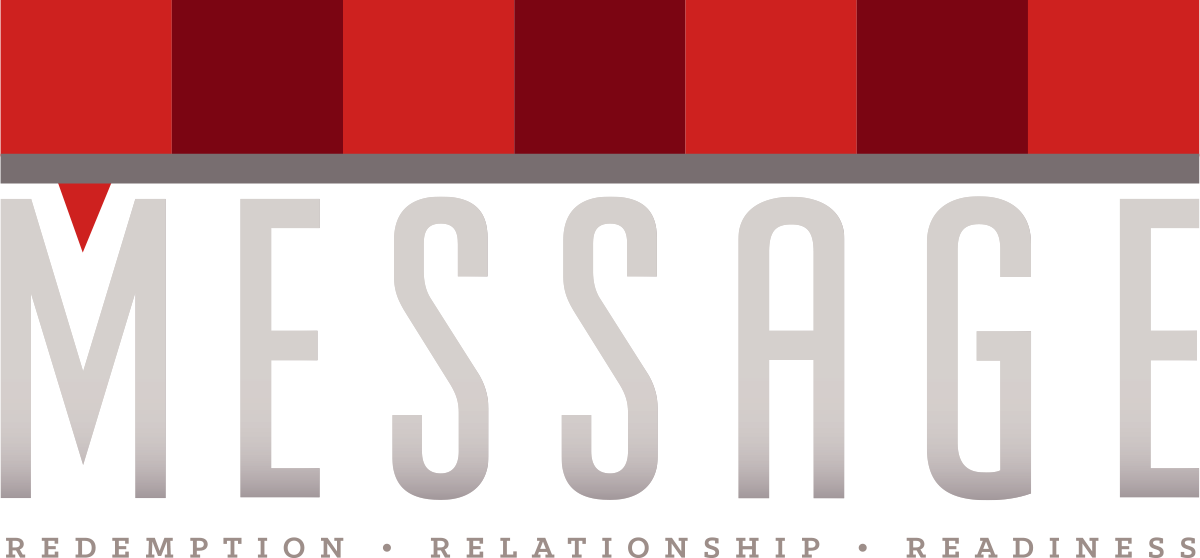






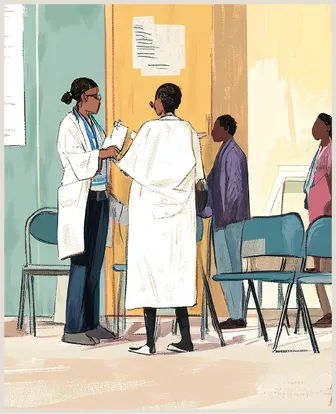

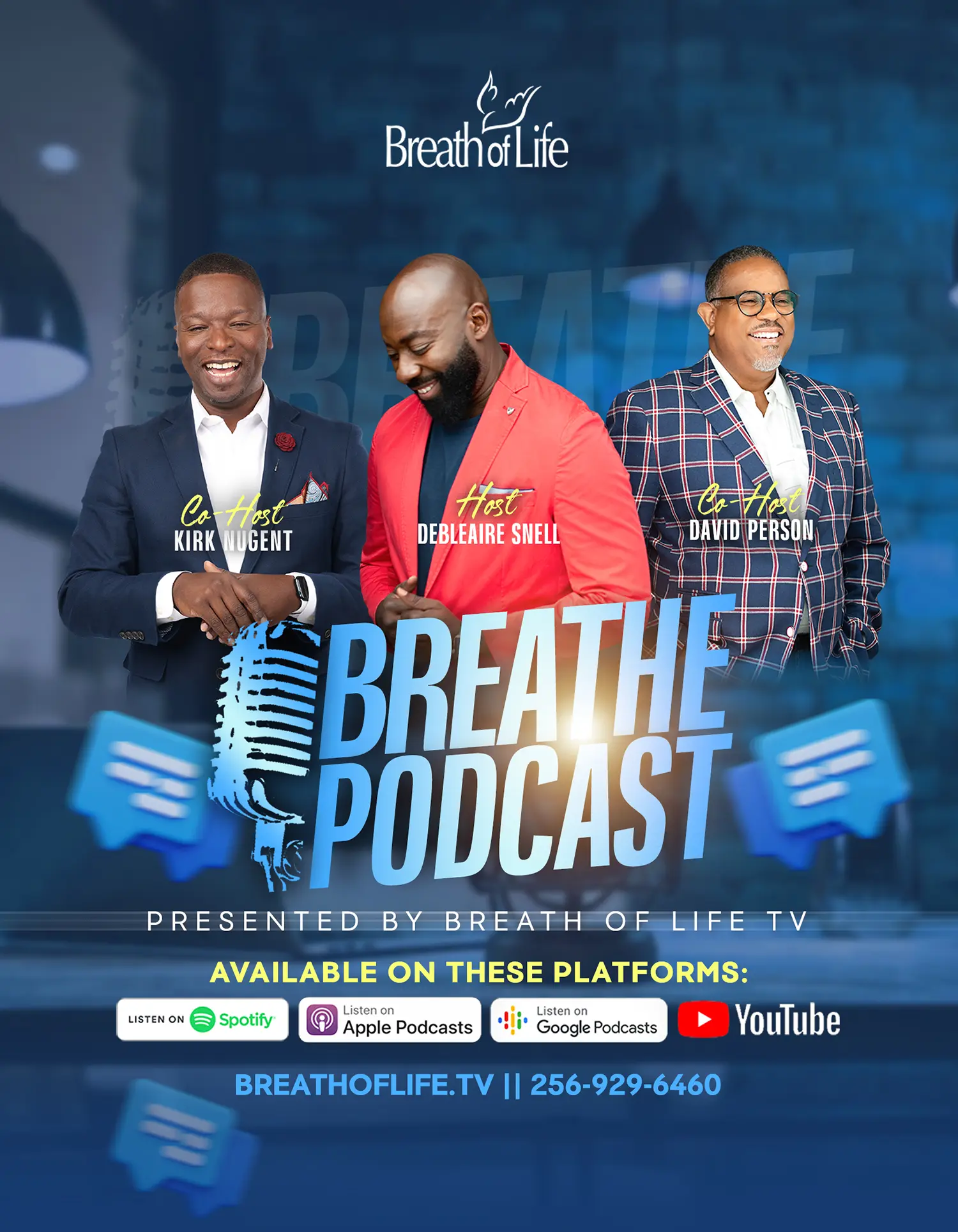



 YouTube
YouTube 
